Astronaut Zooms In on Hurricane Dorian, Now a Category 4 Storm, in These Space Station Photos
See the monster storm from orbit.
Hurricane Dorian is terrifying even from the International Space Station, where European Space Agency astronaut Luca Parmitano captured photographs of the then Category 5 storm. The storm has since weakened to a Category 4 hurricane, but is still harrowing with "catastrophic winds," according to the National Hurricane Center (NHC).
"Zoom into tropical storm Dorian," Parmitano wrote on Twitter Sunday (Sept. 1) while sharing the photos from the station, where he serves as part of the Expedition 60 crew.
As of 11 a.m. EDT (1500 GMT), Hurricane Dorian was battering Grand Bahama Island in the northern Bahamas, where meteorologists predict it will remain for much of today (Sept. 2).
Dorian currently has maximum sustained winds of 155 mph ( 250 km/h) and is about 110 miles (180 kilometers) east of West Palm Beach, Florida as it moves at a glacial 1 mph (2 km/h), the NHC said. The NHC, operated by the National Oceanic and Atmospheric Administration's (NOAA) is currently forecasting that the storm will hug the east coast of the U.S.
Video: Here's the Latest Video of Hurricane Dorian from Space
Watch: See Hurricane Dorian in Action in these Gifs from Space
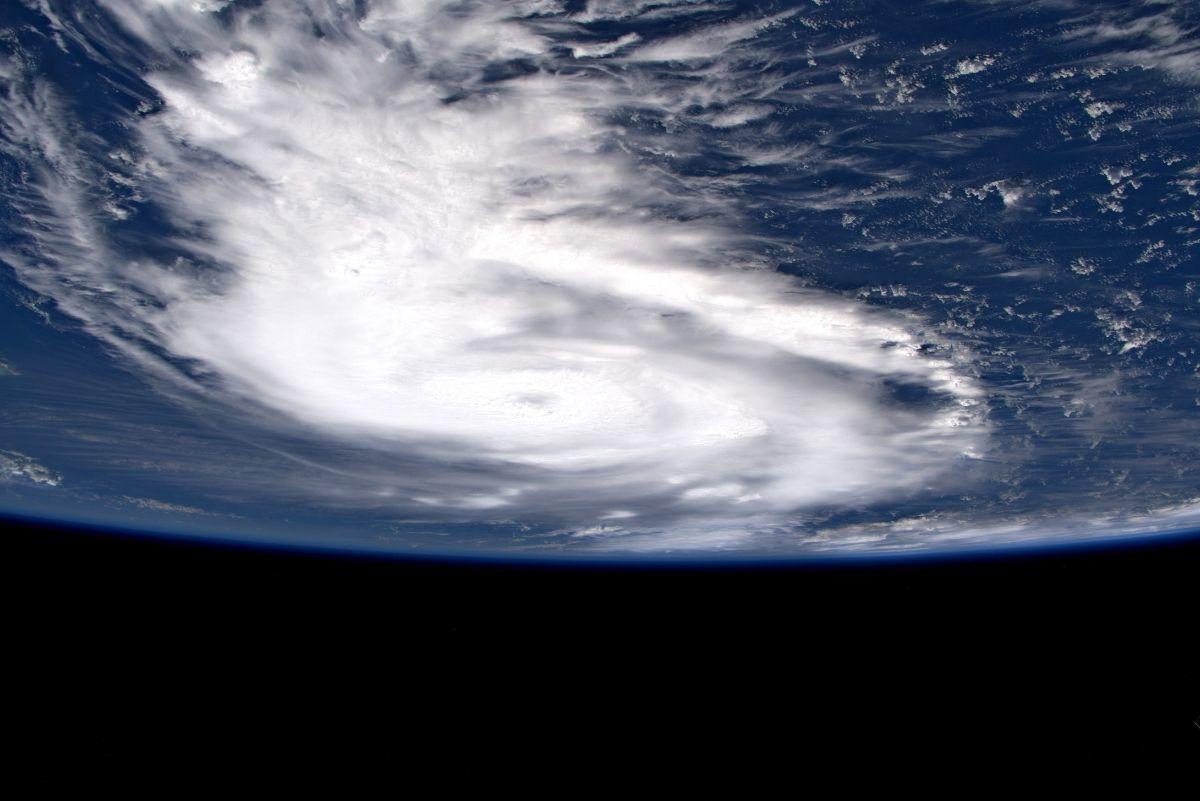
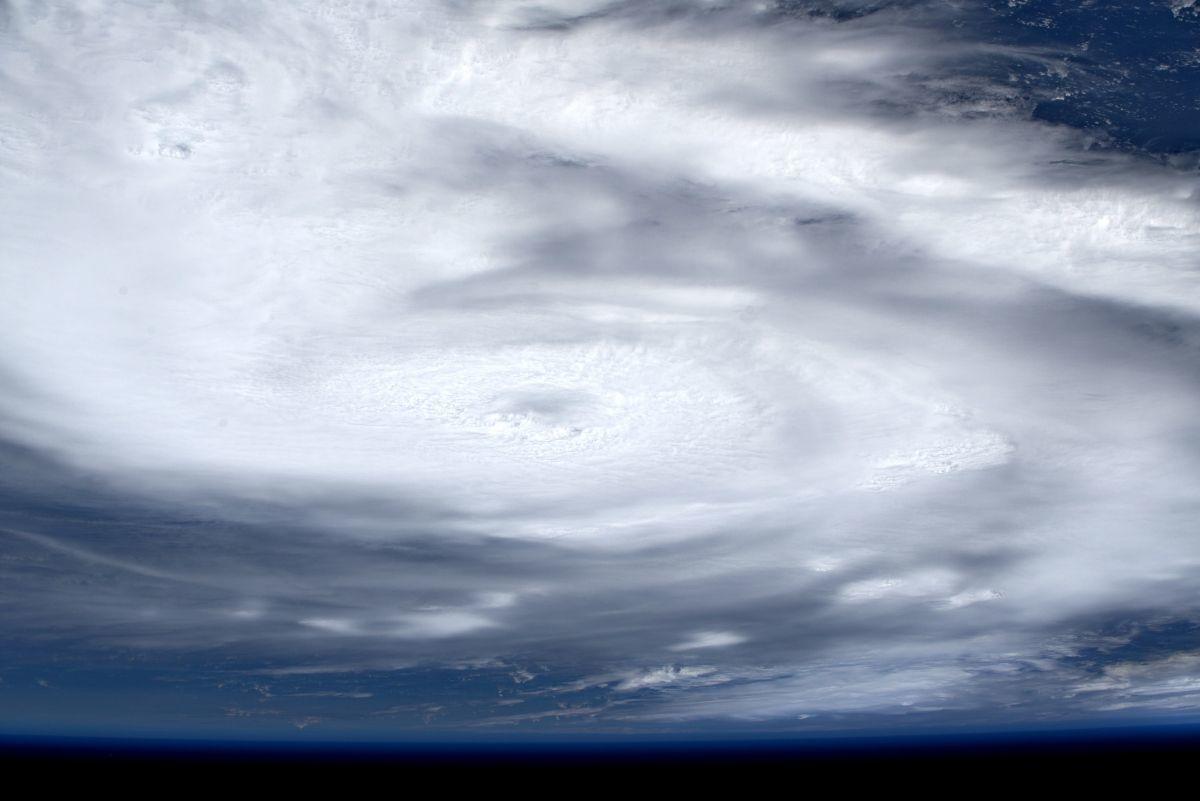
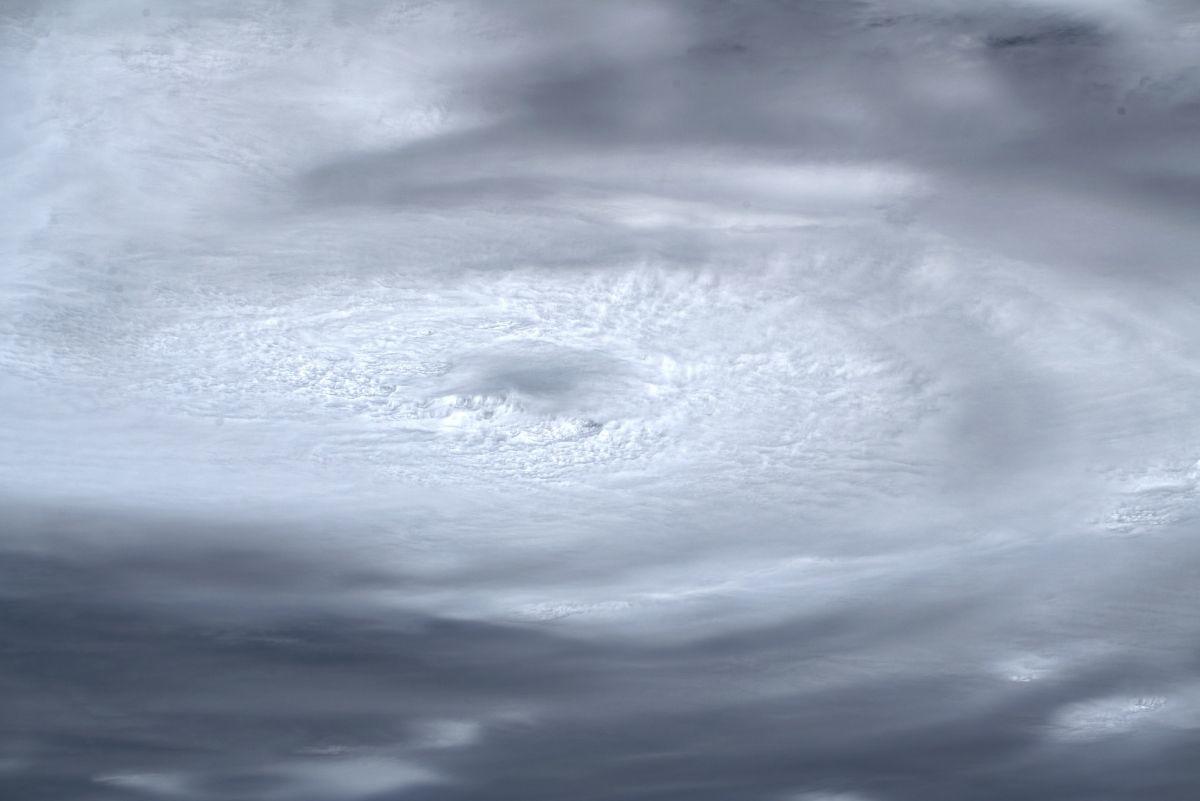
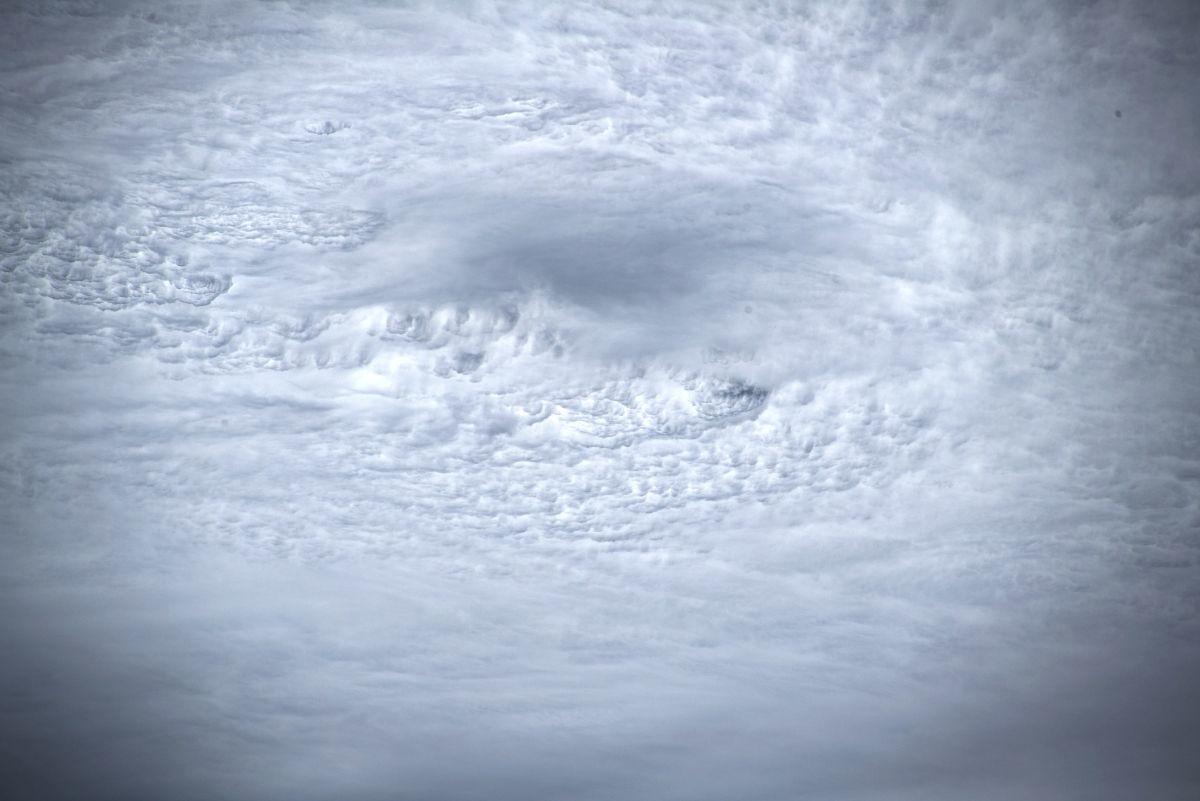
If this prediction proves correct, Hurricane Dorian will travel northward along Florida's coast through Wednesday (Sept. 4).
"On this track, the core of extremely dangerous Hurricane Dorian will continue to pound Grand Bahama Island through much of today and tonight," NHC officials wrote in the 11 a.m. EDT update. "The hurricane will then move dangerously close to the Florida east coast late tonight through Wednesday evening and then move dangerously close to the Georgia and South Carolina coasts on Wednesday night and Thursday."
Breaking space news, the latest updates on rocket launches, skywatching events and more!
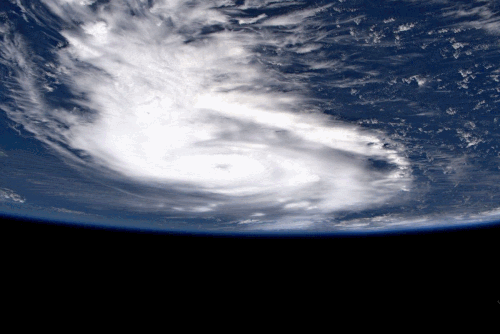
Right now, NHC is calling Dorian "extremely dangerous" on account of both the powerful winds that once classified it as a Category 5 storm (and now a still-dangerous Category 4) and the heavy rainfall and storm surges the hurricane is causing.
Grand Bahama Island could see storm surges between 18 and 23 feet (5.5 to 7 meters) higher than typical tide levels, according to the NHC forecast.
Related: How NASA and NOAA Track Hurricane Dorian from Space
Current rainfall predictions suggest Dorian could drop 2 to 4 inches (5 to 10 centimeters) of rain along the Florida coast and 5 to 10 inches (12.5 to 25 cm) along the Carolinas.
If you live along Hurricane Dorian's path, visit the NHC and your local National Weather Service office for the latest forecasts.
- NASA Sees Hurricane Dorian from Space Station (Video)
- NASA's Kennedy Space Center Prepares for Hurricane Dorian
- Photos: Most Powerful Storms of the Solar System
Email Meghan Bartels at mbartels@space.com or follow her @meghanbartels. Follow us on Twitter @Spacedotcom and on Facebook.
Join our Space Forums to keep talking space on the latest missions, night sky and more! And if you have a news tip, correction or comment, let us know at: community@space.com.

Meghan is a senior writer at Space.com and has more than five years' experience as a science journalist based in New York City. She joined Space.com in July 2018, with previous writing published in outlets including Newsweek and Audubon. Meghan earned an MA in science journalism from New York University and a BA in classics from Georgetown University, and in her free time she enjoys reading and visiting museums. Follow her on Twitter at @meghanbartels.
